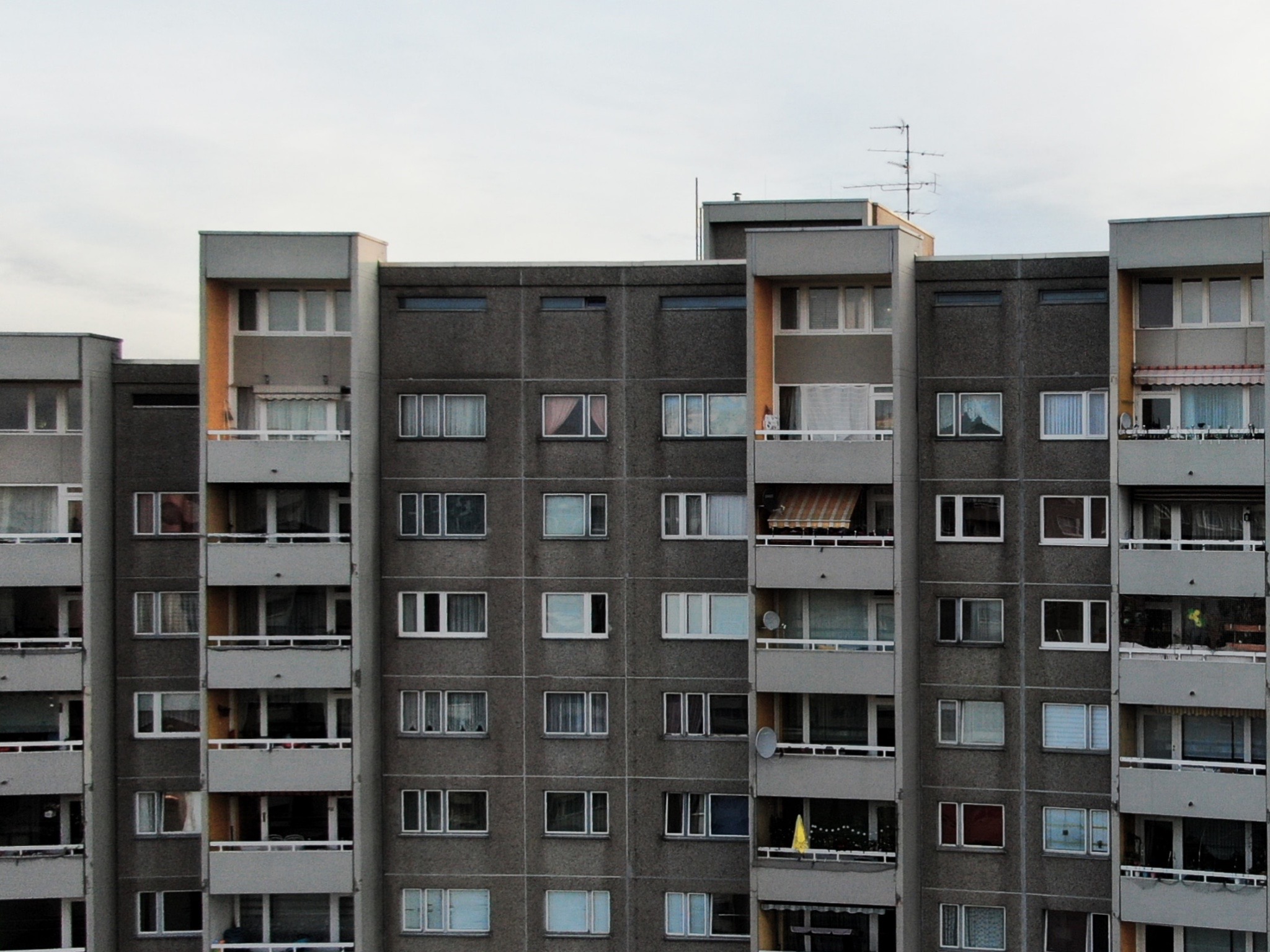On Sunday, a fire in a Bronx, N.Y., apartment building claimed the lives of 17 people[1], including eight children. According to the Associated Press, the fire was caused by a space heater. The flames damaged only the apartment unit in which the space heater was placed and the hallway, but smoke permeated every floor of the 19-story building.
Failing safety measures
Malfunctioning safety features in the apartment building exacerbated the emergency—New York City Fire Department Commissioner Daniel Nigro stated that the front door of the building and another door on the 15th floor should have closed automatically. Safety measures like these are supposed to stop the spread of smoke during a fire, but the doors remained open. Additionally, even though newer buildings are required to have working sprinkler systems to help extinguish fires, older buildings—like this one—are not required to have them, so this safety measure also was absent.
However, the building did have smoke detectors, which were operational during the fire. But residents in the building said they ignored the smoke detectors at first because false alarms in the building were common.
A deeper meaning
Undoubtedly, this tragedy highlights the importance of renters insurance,[2] which covers smoke and fire damage to personal property (among other things). However, acknowledging this as a blanket statement fails to take important data and perspective into consideration.
Residential safety in low-income neighborhoods. The apartment building was built in the early 1970s and its construction was federally funded to provide low-income residents with affordable housing. U.S. Rep. Ritchie Torres, D-N.Y.—who represents the Bronx’s congressional district in the U.S. House of Representatives—stated, “Many of these buildings are old … Most of [them] have no sprinkler system. And so the risk of a fire is much higher in lower-income neighborhoods in the Bronx than it might be elsewhere in the city or in the country.”
Often, functional and adequate safety measures of rental properties are considered when carriers rate a renters policy—and they can affect policy premiums and covered risks. The poor safety measures in this building—and others allocated to low-income families—could indicate a reason why low-income New Yorkers may not have renters coverage. However, another more significant reason may be attributed to low-income demographics in the state.
Implications and demographics. According to Money Geek, the average cost of a renters insurance policy in New York state is $124 annually—or about $10/month. For individuals whose income meets the median household income in New York state, which was $72,108 in 2019, this annual cost may seem affordable. However, according to the Census Bureau’s 2019 American Community Survey, the median household income in East Tremont—the Bronx neighborhood where the apartment building is located—is less than half the state’s average. When we take a closer look at how these differing incomes impact low-income families who rent their housing, we can begin to understand why it’s possible that they may not have renters policies.
Let’s break it down
The following figures—especially the monthly balances—reflect state and regional medians from 2019, since the most recent data available for East Tremont is from that year.
| 2019 median monthly household income and expenses | ||
| New York state | East Tremont | |
| Median household income | $72,108 | $29,767 |
| Median monthly household wages after taxes[3] | $4,346 | $1,896 |
| Median monthly renter housing costs | $1,280 | $1,184 |
| Median remaining renter household balance/month | $3,066 | $712 |
Housing costs for renters include rent payments, utilities and renters insurance. However, additional monthly expenses (e.g., food, health care, child care, transportation, clothing and other lines of insurance) are not included in these calculations. The monthly balances show leftover income that we can assume would be allocated to those additional expenses each month.
The reality. Households of East Tremont aren’t medians and averages. Some of them may make less annually, or pay more in rent. Some of them may have children or may be caring for nonworking individuals (e.g., elderly people and disabled people)—the expenses for whom are steep. However, it’s clear that low-income households in the Bronx face significant financial hardship compared to average New Yorkers—and these financial burdens can become worse. Some may be leaving themselves, their families and their property exposed to property damage because they choose to forgo insurance to cut costs. If this is true in East Tremont, it’s likely to be true in other low-income neighborhoods in New York and all over the U.S. Bottom line: Renters insurance may not always be expensive, but that doesn’t always mean it’s affordable.
What people in the insurance industry can do
While the insurance industry isn’t responsible for relieving the financial burdens that low-income families face, it can go to bat on their behalf. To relieve the exposures that low-income families may be facing, there are plenty of ways independent insurance agents can help:
- teach prospective, low-income clients about the importance of insurance—and the exposures they may have;
- make your services more accessible with user-friendly websites and smartphone applications—especially since many low-income families forgo Wi-Fi to save money, and use their phones for internet access instead;
- visit low-income clients to relieve their transportation burden;
- negotiate with carriers about policy rates;
- communicate openly, honestly and earnestly; and
- be there when your clients need you.
Big or small, agents can make it easier for their current and prospective insureds. This type of inclusivity would improve the insurance industry, as well as protect low-income families from loss if an event like the Bronx fire happens.
[1] Some reports indicate that 19 people were killed in the fire. New York City Mayor Eric Adams lowered the death toll to 17 when it was found that some fatalities had been counted twice.
[2] 94% of residents in the Bronx rent their housing, so this article will discuss renters insurance instead of homeowners.
[3] Since income tax varies region to region, these figures are calculated in accordance with Albany (12077) and East Tremont (10457) zip codes, respectively. Additionally, they correspond with current tax rates—not 2019 rates.

Alexandra Chouinard
Alexandra Chouinard has editing, writing, advertising and publishing experience from her Alma Mater, Loyola University, where she earned a dual Bachelor of Arts Degree in Writing and Communication.






